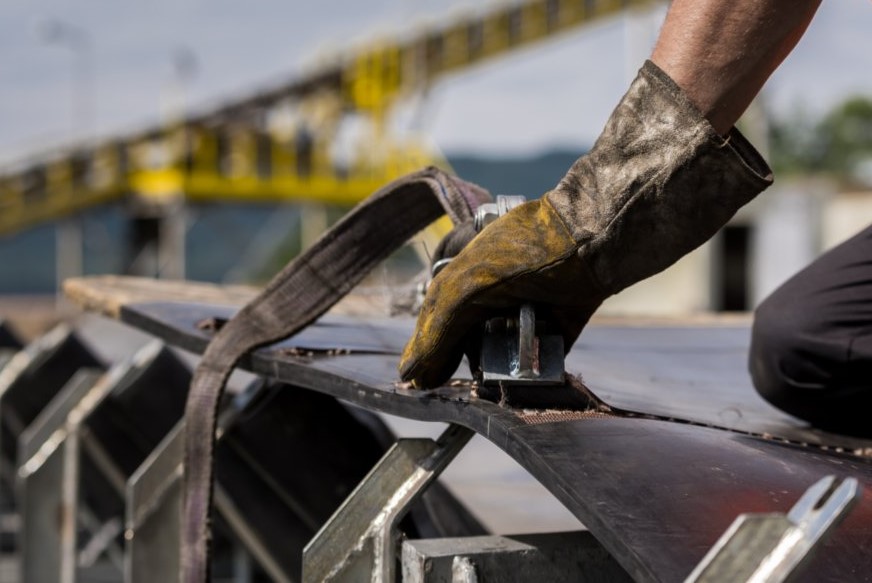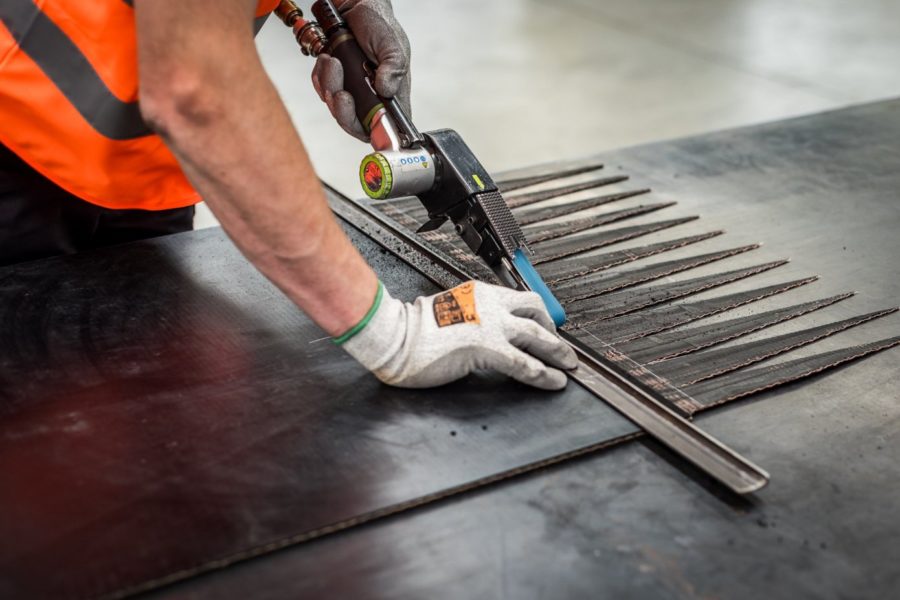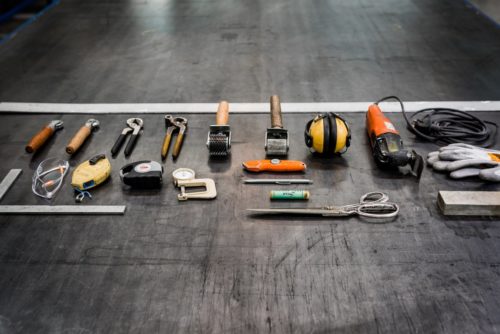Splicing & Installation
The reliability of any conveyor system depends on many different factors. Regardless of the quality of the belt, the weakest points are most often the splice. A strong, long-lasting splice relies on tow, equally important factors:
- The skill of the person making the splice
- The actual quality of the splicing materials being used
To get the best results, it is essential that the rubber used in the splice joint has exactly the same (or better) qualities (whether it is heat, oil, or any other resistant or properties needed for your specific application) as the rubber used to make the belt itself. Ideally, this is best supplied by the manufacturer of the belt itself. In order to help our customers achieve the best possible results, Fenner Dunlop supplies a wide range of splicing materials that have been designed and developed to provide optimum performance in terms of adhesion, dynamic life, and usability. The materials can be ordered as full splice kits containing everything needed to make a splice, or as bulk material.
A conventional step splice or fastener will always create a proportional loss of tensile strength. At Fenner Dunlop, we recommend the finger splice method that creates the strongest and most reliable joint possible (up to 100% of the belt’s original tensile strength).



